Part way through March we received an e-mail calling out for help. A Permaculture workshop was to be held in Marda, Palestine and an instructor was needed. The original instructor, Starhawk, had been deported for involvement with human rights organizations operating in occupied Palestine. We did not want to see the workshop fold because of such an unfortunate turn of events so we offered to fill in. For our first teaching job, this was an amazing opportunity. We never could have guessed that the pursuit of Permaculture would take us into the heart of the occupied Palestine. An unparalled opportunity to learn first hand the reality of such a difficult geopolitical region.
Permaculture has a long history in Marda dating back to the early 90's, with some impressive programs and design implemented by Julie Firth of Perth, Australia. Unfortunately the funding for these programs dried up some years ago and the system that were installed are no longer being maintained. They are still growing though, and it was great to see the positive effects of Permaculture design going strong in a land of so much hardship and difficulty. Further confirmation to us that Permaculture design can achieve its goals.
Marda is a beautiful old village during the month of April, looking very lush with many flowers in bloom. The temperature was superb and a nice relief from the heat of the Dead Sea Valley. We arrived in Marda a day before the course was to start, we greeted by a gentlemen named Murad Al Khufash. Murad is the lasting impression made by the Permaculture activities of years gone by. With a family history dating back hundreds of years in Marda, he is the pioneering force behind the continuation of Permaculture in the region. It was through his initiative and education centre that facilitated our teaching of this course.
The next day we participated in a small tour of the site. We discussed the possibilities of Permaculture in the future of villages like Marda. Murad's plans to make a centre are just in the beginning phase. How to sustain such efforts in the face of difficulties created by the occupation is a challenge. Despite all of the turmoil and risk Murad pushes on and much good is coming from his work. He would like to see the local people re-establish a relationship with there land through the positive Permaculture principles. It can take some time to develop a relationship of understanding between Permaculture and the traditional cultural methods. Murad takes it step by step introducing hands on practical techniques that help the community. By hosting this course he has made a big statement to his village.
This picture, which is close to the Permaculture demonstration site, is an example of traditional Palestinian farming practices and village organization. The crops that are seen in the foreground are broad beans,and chick peas and in the distance to the left is wheat. On the slopes behind the village off the the left are very old olive terraces. This village is lucky enough to have two sources of flowing spring water. Unfortunately both springs are not being used to their full potential and are presently contaminated with wastes and garbage.
In the valley below the village the land is divided up by families owning small terrace fields. The soil appears to be a chocolate colour clay-loam with numerous pieces of limestone. The stone is moved out of the fields and used for the terraces that mark parcel boundaries.
The traditional agricultural system appears to be one of rotational tillage production, though many practitioners are using arogcheimicals. There are productive trees of olive, almonds, apples and stone fruits on the edges. All of the basics are there. This system of agriculture is ripe for redesign. It would not be much work design some hard wear to access the springs, some earth works for better water soakage; and diversifying the edge forest system to increase fertility, products, reduce the amount of area in tillage, and increase the amount of permanent pasture. These lands have been under intensive cultivation for many thousands of years. It is only by virtue of the rich subsoil and abundant water that they have held up for so long. Soil organic matter is marginal at best. From a design stand point Marda is on pretty good footing with tree production on the upper slopes, housing in the mid-slopes and broad scale cropping on the flatter lands below. With near 600mm of rain per year and two perennial springs there is more than enough water to go around.
The course went off well with good attendance and the local community well represented by young people employed in various agricultural activities. Unfortunately the practical component of the course was not well developed, due to a lack of prep time on our part. It was a big enough job as it was to work out lecture material for each day.
Through the positive outlook of Permaculture we were able to share ideas and dreams of the future. The enthusiasim of the local students made the course that much richer. It is gives us strength to connect with others of our generation actively working to make a difference in their communities. This is a thread of consistency we have seen everywhere we have been. We are blown away by the overwhelming co-operative and positive action going on even in the face of so much difficulty.
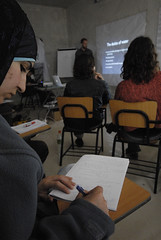
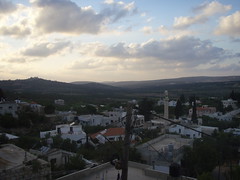
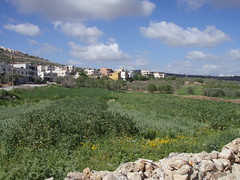
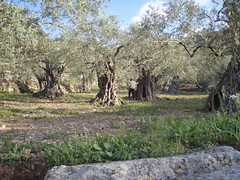

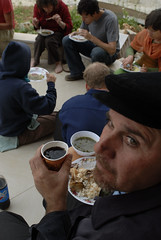




No comments:
Post a Comment